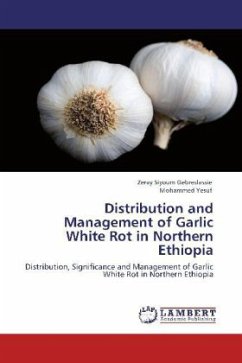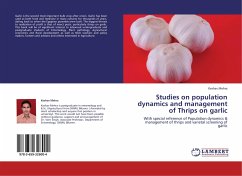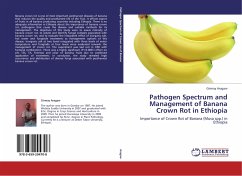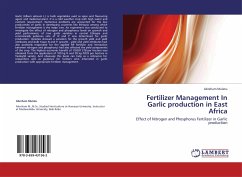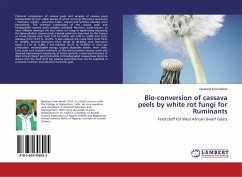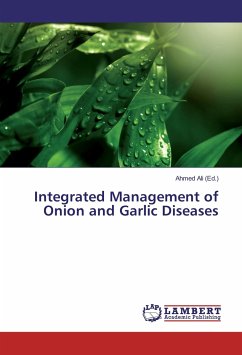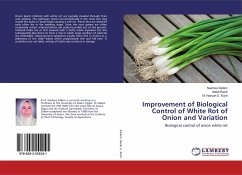Garlic (Allium sativum L, 2n=16) belongs to the family Alliaceae and is the second most widely cultivated AlliumSpp. next to onion. Garlic has played an important dietary,as well as medicinal role for a thousand years . Even today the medicinal value of garlic is widespread and fast growing .In spite of its importance garlic productivity, in many parts of the world, is low due to garlic white rot diseases. Garlic white rot caused by(Sclerotium cepivorum) is a major production threat of garlic where ever the crop is grown. During favorable weather conditions, and when susceptible varieties are in the production system, the disease can cause a complete crop loss. It persists as small, dormant structures, called sclerotia, in soil a Sclerotia can survive for over 20 years, in the absence of a host plant.The disease is prevalent in many garlic growing regions worldwide, but its intensity can vary with different cultural practices and environmental factors.No single method gave appropriate level of white rot control. The book provides detailed information for phyto pathology researchers and University lectures regarding to integration systems of garlic white rot management strategies.
Bitte wählen Sie Ihr Anliegen aus.
Rechnungen
Retourenschein anfordern
Bestellstatus
Storno

